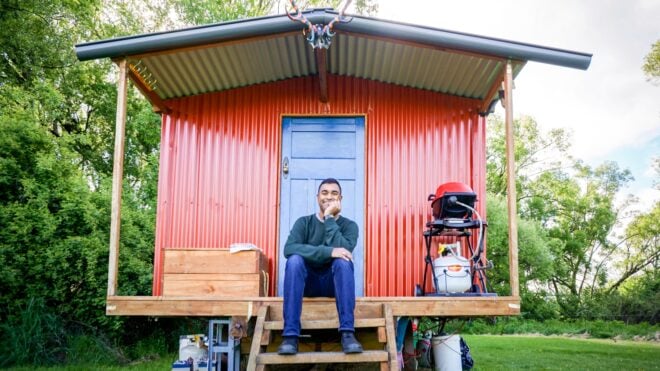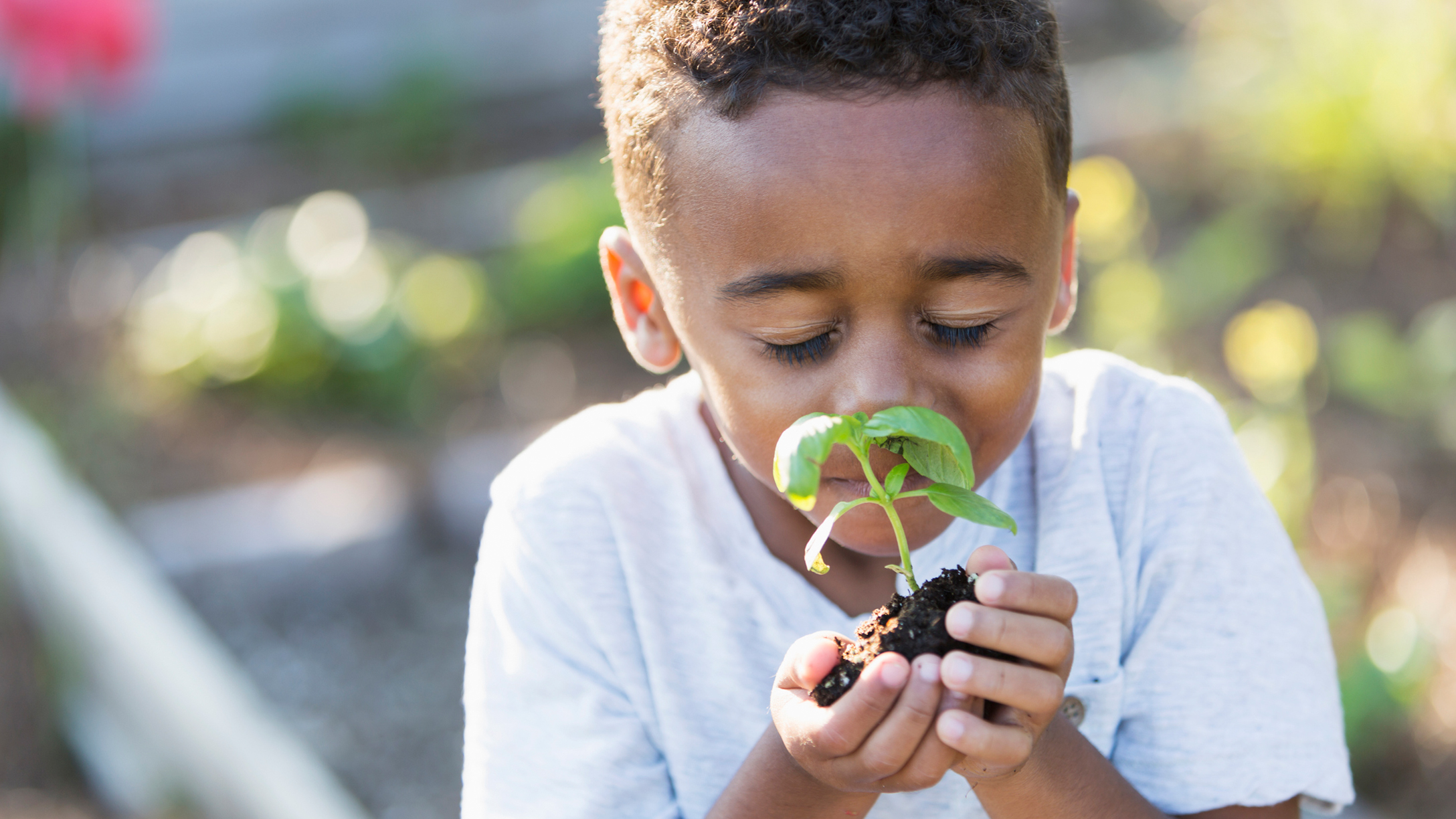
In this article
Not much compares to the fresh taste of basil in a batch of homemade pasta sauce. Not only are herbs a healthful and delicious addition to your recipes, but they’re also fun to grow and a great activity to do with your kids. Learn how to easily start your herb garden at home and, with a little bit of effort and time, you’ll reap the culinary benefits fresh herbs bring to your kitchen table.
Begin with the basics
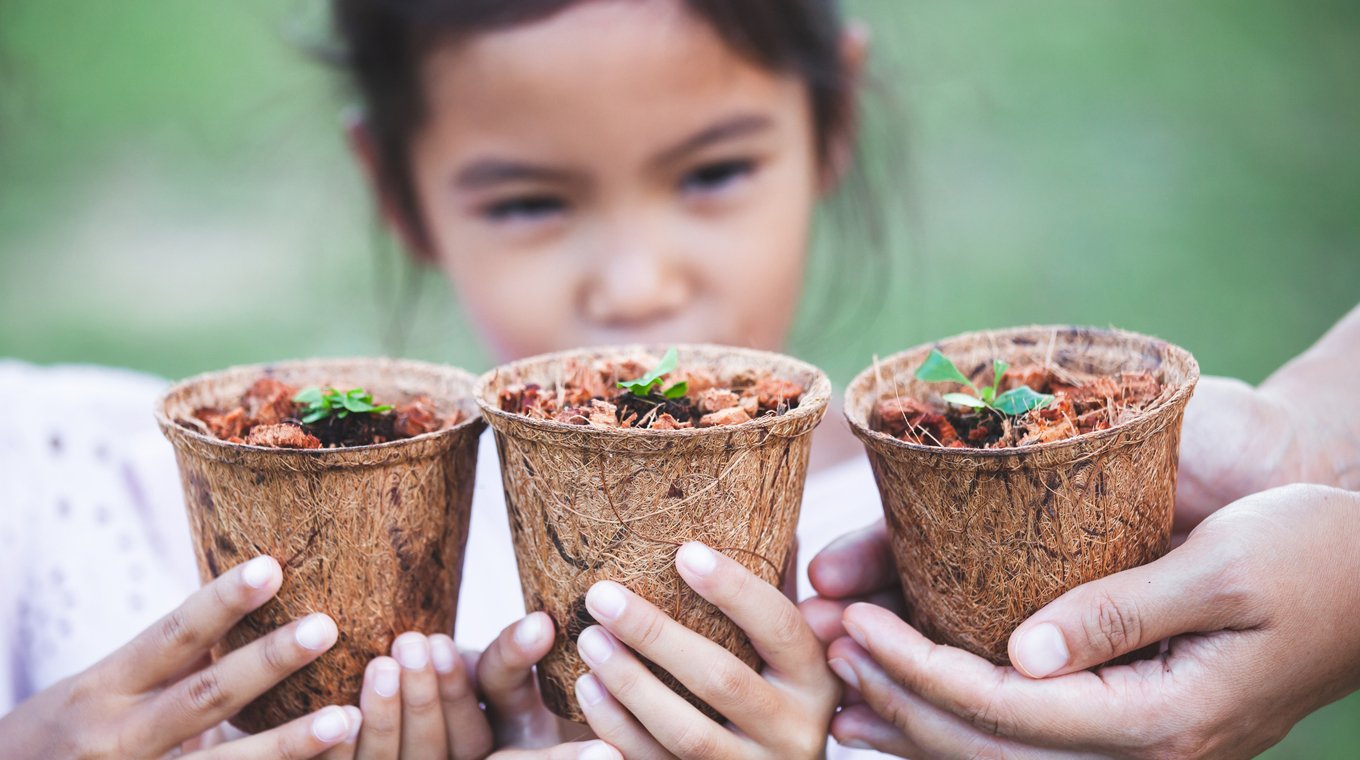
Home gardeners usually begin with the most common herbs — like sage, thyme, parsley, mint, rosemary, basil, cilantro, and oregano — but this will depend on your family’s individual tastes and preferences. Once you know what you want to plant, how can you easily start your herb garden?
It may seem simple enough. Simply stick some seeds in dirt, add water, and wait. This is where many go wrong, though — there’s a bit more to it. Starting an herb garden takes a little preparation and patience to ensure successful results. Here are five tips and tricks you can implement before you start your herb garden to ensure your plants survive and thrive.
1. Use seed starter soil and Jiffy strips or peat container strips to easily grow your herbs from seed. The peat strips work well if you’re planning on transplanting your herbs later. Kids can help with planting (two to three seeds per section) and writing herb names on popsicle sticks to use as labels. Growing a DIY herb garden from seed is a fun, inexpensive, and educational activity to do with young children.
“I prefer to do my herbs in containers. That way they can come inside easily when the weather gets cold,” mom Laura Canada Oneill told Mom.com. “Growing from seed is our preferred way, as it is usually less expensive. Just know that not all seeds will germinate and produce a plant.”
So, what types of containers should you use? “Forget old egg cartons, yogurt cups, and the like,” Mike McGrath, host of the nationally syndicated show You Bet Your Garden, told Gardens Alive. “Use the six-pack plastic containers (or four-pack or whatever) that garden centers and nurseries use. They’re the right height and shape and have excellent drainage.”
Location, location, location
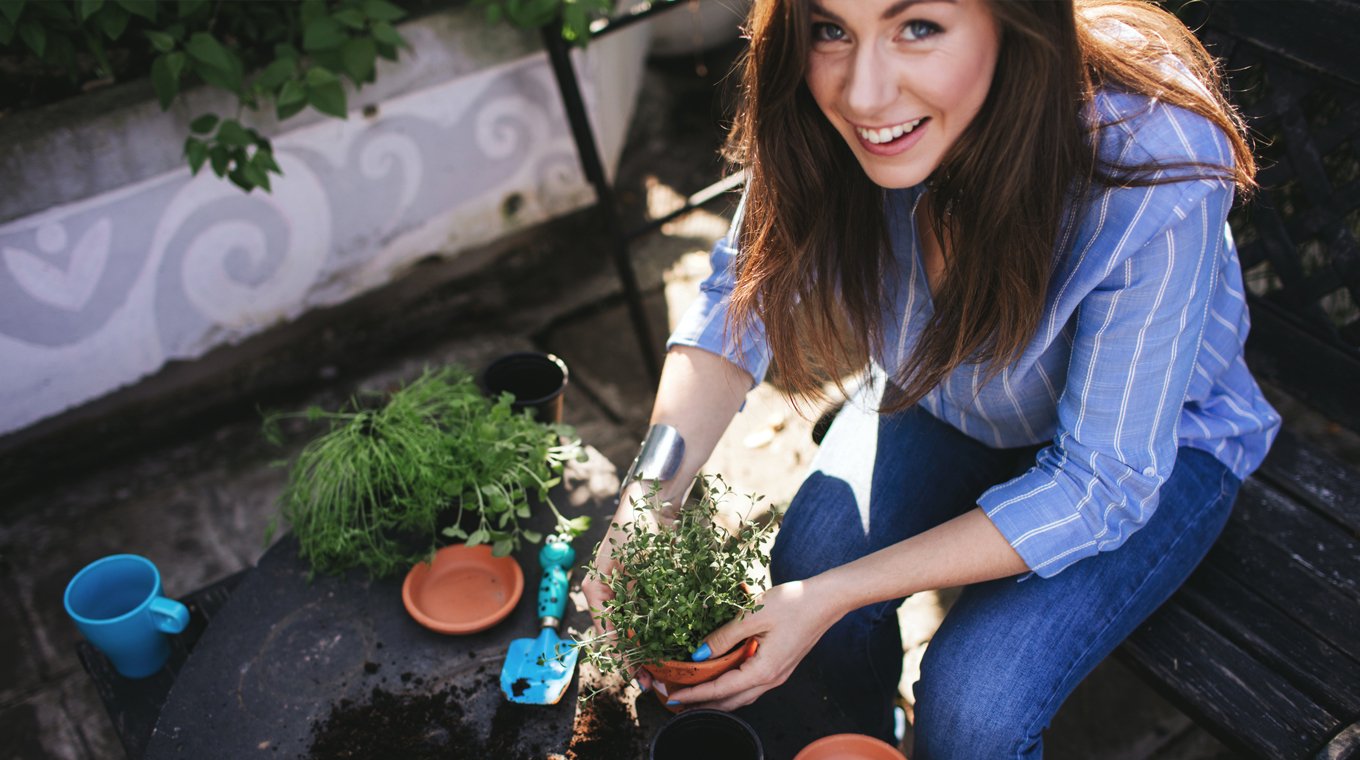
2. Find a sunny spot for your plants whether you start them indoors or out. According to The Old Farmer’s Almanac, herbs need six to eight hours of sunlight per day. For the herbs oils to fully develop and give them their distinct aroma and flavor, they need direct sunlight.
3. Create a mini-greenhouse by covering the peat containers with a clear plastic bin to yield faster results. You’ll start to see sprouts within six weeks. Some herbs do better growing from seed than others. Herbs like dill, oregano, parsley, and cilantro grow well from seed, while thyme seeds can be challenging to work with. Other herbs, like rosemary and mint, grow and spread very quickly and can take over a space. Chives, dill, and cilantro tend to grow well in the same container as they require a bit more water while rosemary, oregano, and thyme thrive in drier soil.
The care and feeding of your herb garden
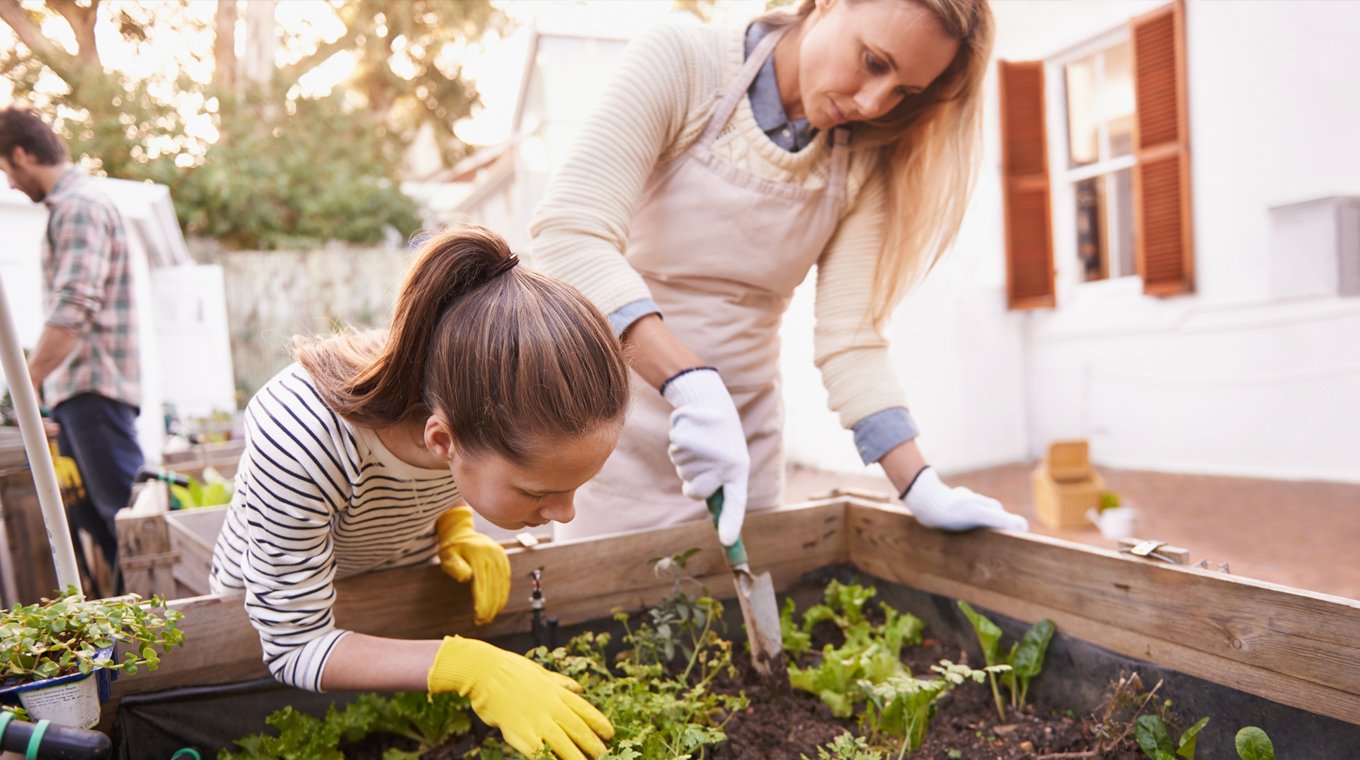
4. Use fertilizer when adding starter plants to containers. To add starter plants to containers, simply dampen and spread high-quality potting soil into the container. You’ll want to dig a hole big enough to fit the starter plants and then add fertilizer to speed up the growing process. For best results, follow the fertilizer package directions when using fertilizer on your starter plants. Once that is ready, just add the plant to the soil and fertilizer mixture, cover and fill in any spaces and then spray everything until damp.
“I always start from plants I buy at the nursery. I don’t usually grow things from seed,” mom of two Jill Robbins told Mom.com. “I’m not that great of a gardener and it makes me feel better if I can see the plant from the start.”
5. Keep pests away with diluted neem oil if you’ve transplanted your indoor herbs outside and are concerned about bugs getting to your precious leaves. Neem oil is a natural pesticide and can be purchased in your local nursery. It is diluted and then sprayed periodically on herb leaves to keep pests away and are safe to humans and pets. Clemson University College of Agriculture, Forestry, and Life Sciences suggests spraying plants in the evening for best results.
Tending an herb garden is a great way to add some fresh flavor to your meals but it’s also a fun, productive family activity that can bring everyone together in the kitchen. Preparing meals together, using fresh ingredients you grow and harvest yourself is rewarding for everyone. Much like cultivating your own herb garden at home, the time spent together cooking, preparing, and sharing a meal will help grow and nurture your family for years to come.






